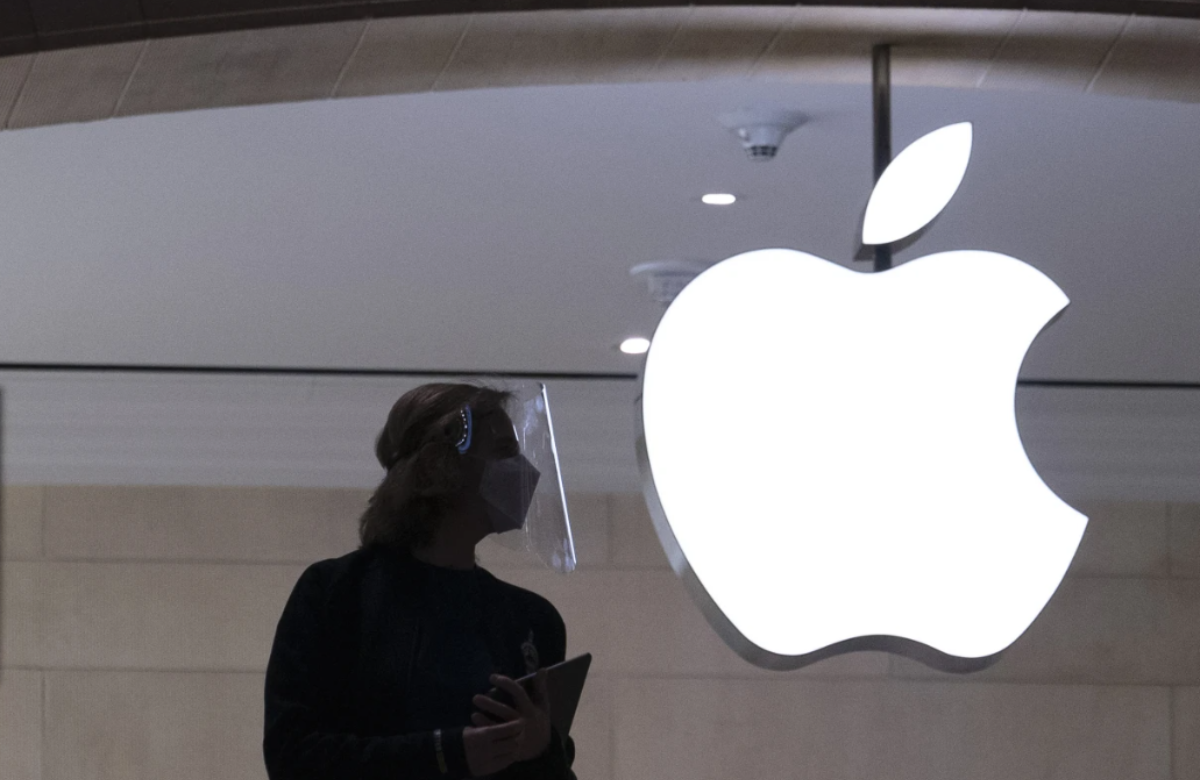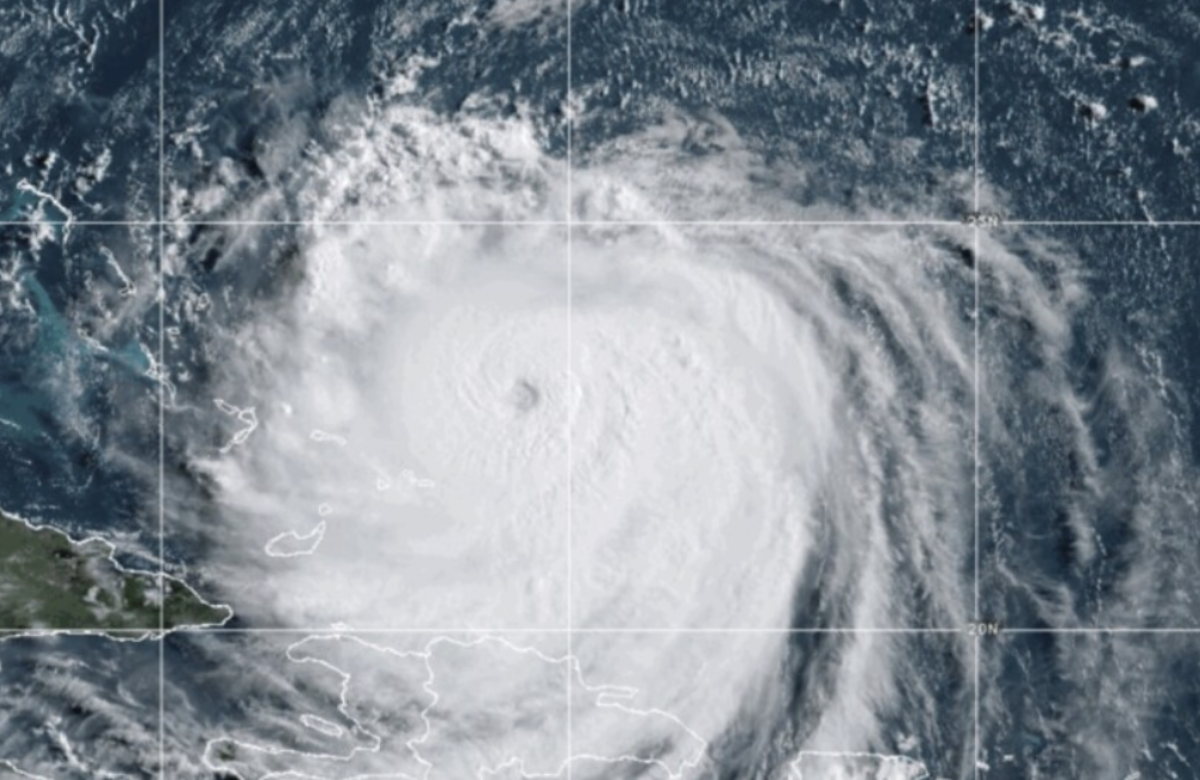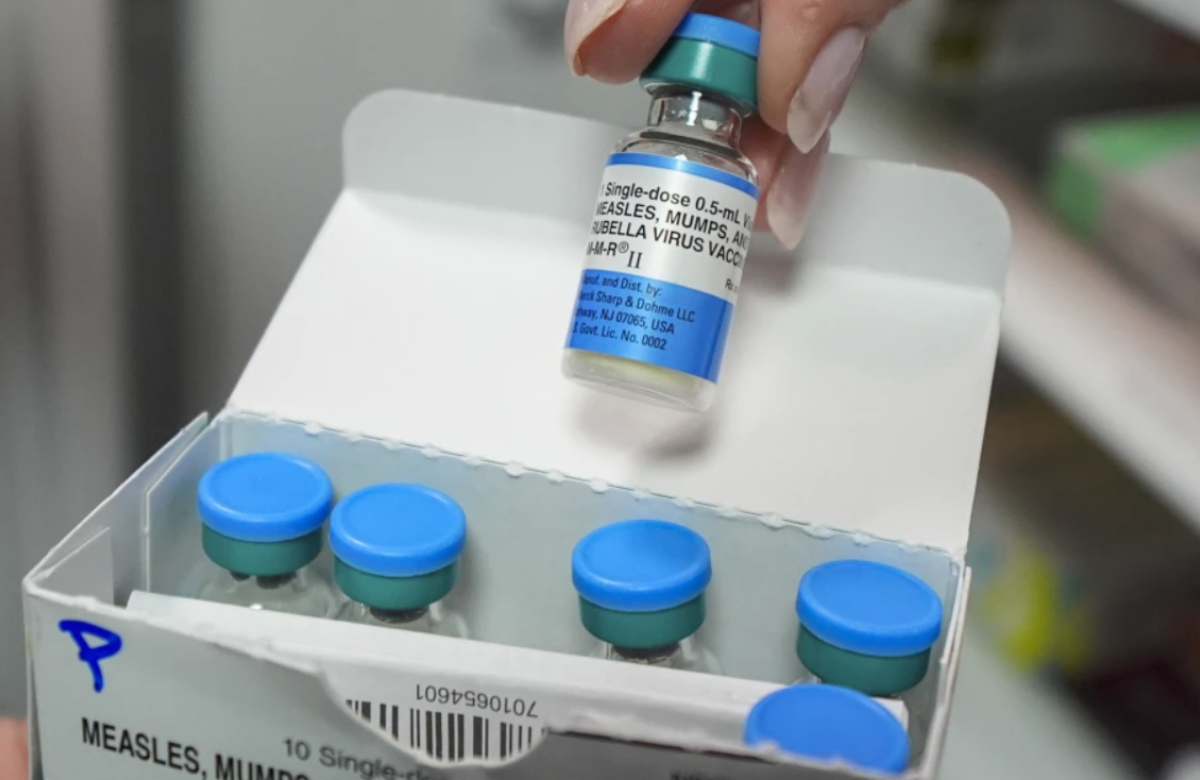The Department of Education announced on Monday that it will resume collecting federal student loans in default starting on May 5, ending a pause that had been in place for nearly five years due to the pandemic. According to the department, more than 5 million borrowers are currently in default, which occurs after 270 days of non-payment.
Education Secretary Linda McMahon stated, “American taxpayers will no longer be forced to serve as collateral for irresponsible student loan policies,” adding that the Biden administration misled borrowers, as the executive branch lacks the constitutional authority to cancel debt or make loan balances disappear.
As part of this move, the Education Department’s Office of Student Aid will reinstate the Treasury Offset Program, which collects debts by garnishing federal and state payments, such as tax returns or Social Security benefits. The department also advised defaulted borrowers to contact the Default Resolution Group, either to make monthly payments, enroll in an income-driven repayment plan, or sign up for loan rehabilitation.
Starting this summer, the office will begin the process of administrative wage garnishment, which allows federal agencies to order employers to withhold a portion of an employee’s income to pay off a delinquent debt.
This announcement coincides with efforts by the Trump administration to reduce the size of the Education Department. Last month, President Trump signed an executive order directing McMahon to begin the process of shutting down the department. It was later revealed that the Small Business Administration would absorb the Education Department’s massive student loan portfolio, which amounts to $1.8 trillion in debt.
The end of the pause also comes as borrowers face limited access to affordable repayment programs. In response to a recent court order, the Education Department removed applications for income-driven repayment plans from its website, preventing borrowers from adjusting their plans if they cannot afford the standard payment rate.
Additionally, the Education Department announced that next week it will share details about a new “enhanced” income-driven repayment process, which will eliminate the need for borrowers to recertify their income annually.
The SAVE (Saving on a Valuable Education) plan, introduced in 2023 and currently facing legal challenges, allowed borrowers to limit their monthly loan payments to 5% of their income, instead of 10%, and promised student loan forgiveness after just 10 years of payments.
The Student Borrower Protection Center, an advocacy group, criticized the Trump administration for resuming involuntary collections for defaulted borrowers while income-driven repayment options remain limited. Executive Director Mike Pierce expressed concern, saying, “Since February, Donald Trump and Linda McMahon have blocked these borrowers’ path out of default and are now feeding them into the government’s debt collection system.”













